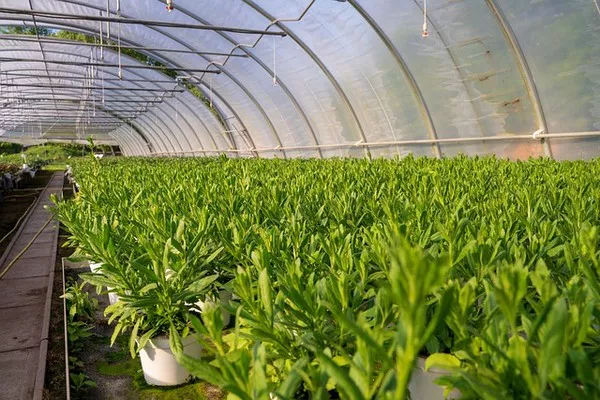UNC Greensboro’s Dr. Kevin Wilcox and Team Contribute to Advancing Predictive Models for Grassy Ecosystems
In an article published on October 10, 2023, in Global Change Biology, Dr. Kevin Wilcox and his team at UNC Greensboro have made significant strides in improving mathematical models that predict the impact of global changes, such as droughts, fires, and heat waves, on the health and sustainability of Earth’s grassy ecosystems. These findings are crucial for understanding and forecasting changes in savannas, prairies, grasslands, and arctic tundras, which constitute a substantial 40 percent of the planet’s land surface.
While forest ecosystems often garner more public attention, ecosystems dominated by non-tree vegetation—referred to as “grassy” ecosystems—play a vital role in human well-being. These areas contribute to various resources and services, including food production, pollinator support, and carbon sequestration. Furthermore, they serve as essential habitats for wildlife such as elk and bison in North America.
However, research on grassy ecosystems has lagged behind our understanding of forests in terms of predicting their resilience to future global changes. Dr. Wilcox’s research on Earth system models is closing this knowledge gap and providing valuable insights into these landscapes.
Earth system models are tools that scientists use to simulate the impact of physical events like droughts and heat waves on landscapes. These models consist of intricate mathematical equations woven together into thousands of lines of computer code, ultimately offering a simplified representation of reality. They encompass a wide range of ecological processes, from the penetration of rainfall into the soil to insect defoliation in savannas and the effects of heat stress on plant and animal populations.
Dr. Wilcox emphasizes the importance of ensuring that these models accurately capture the dynamic nature of grassy systems. Predicting their response to ongoing climatic challenges cannot rely on assumptions that major ecosystem components, such as plant communities, will remain static.
An ongoing challenge in improving these models revolves around how they represent grasses, which are central to these ecosystems. Currently, many models depict grasses as either miniature trees or as a form of ‘green slime’ covering the Earth’s surface. This inaccurate representation may be one reason why the models struggle to align with real-world observations in grassy ecosystems.
The authors of this study stress the need for greater collaboration between empiricists and modelers to enhance the representation of herbaceous dynamics within ecosystem models. Implementing these improvements will be essential for guiding public policies and ecosystem management in the face of more frequent and extreme droughts, severe disturbances like fires, and ongoing human pressures on these vital ecosystems.


